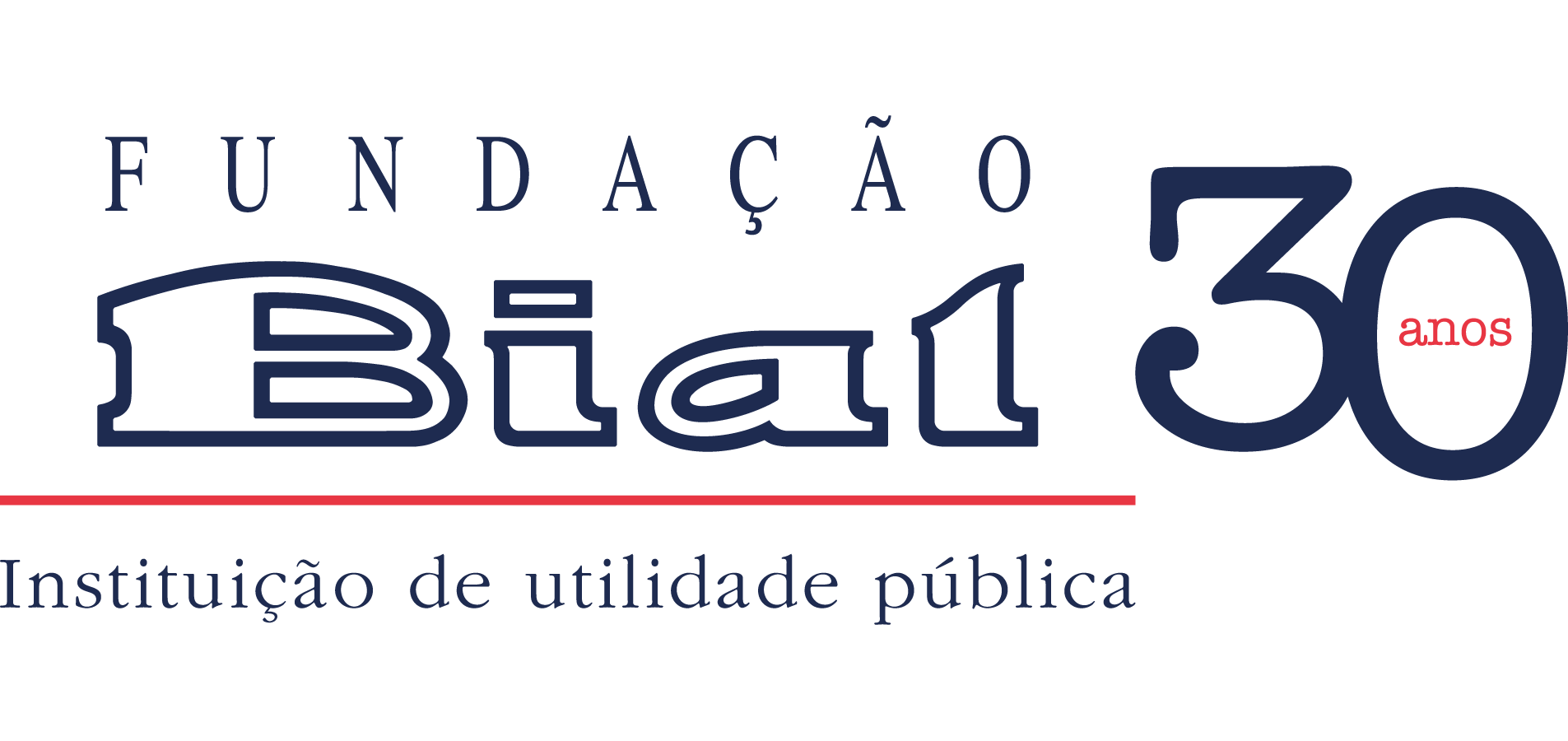Albino J. Oliveira-Maia, investigador principal do projeto de investigação 176/10 - Dopaminergic regulation of dietary learning in humans and rodents, apoiado pela Fundação BIAL, publicou na revista científica Frontiers in Nutrition o artigo Enhanced sweet taste perception in obesity: Joint analysis of gustatory data from multiple studies. Comparando 246 pacientes com obesidade e 174 voluntários sem qualquer patologia relacionada com comportamento alimentar, a equipa de investigação observou que há uma maior sensibilidade na perceção do sabor doce na amostra de participantes com obesidade. Contudo, não foram encontradas diferenças para os sabores azedo, salgado ou amargo, sugerindo especificidade para o sabor doce, associado à recompensa alimentar.
ABSTRACT
Introduction: While sweet taste perception is a potential determinant of feeding behavior in obesity, the supporting evidence is inconsistent and is typically associated with methodological limitations. Notably, possible associations between sweet taste perception and measures of food reward remain undetermined.
Materials and methods: We conducted a cross-sectional analysis comparing 246 individuals with severe obesity and 174 healthy volunteers using a validated method for taste perception assessment. We included gustatory variables, namely intensity and pleasantness ratings of sour, salt, sweet, and bitter tastants, and taste thresholds assessed by electrogustometry. Reward-related feeding behavior, including hedonic hunger, food addiction, feeding behavior traits, and acceptance of foods and alcohol, was evaluated using self-rated scales for comparison with gustatory measures.
Result: In logistic regressions adjusted for age, gender, educational level, and research center, we found that a greater likelihood of belonging to the obesity group was associated with higher sweet intensity ratings (OR = 1.4, P = 0.01), hedonic hunger, food addiction symptoms, restrained and emotional eating (1.7 < OR ≤ 4.6, all P ≤ 0.001), and lower alcohol acceptance (OR = 0.6, P = 0.0002). Using principal component analysis, we found that while hedonic hunger, food addiction, and emotional eating were strongly interrelated, they were not associated with sweet intensity perception that, in turn, had a closer relationship with alcohol acceptance and restrained eating.
Conclusion: We found that individuals with obesity report higher sweet taste intensity ratings than healthy controls. Furthermore, while psychological measures of reward-related feeding behavior assess a common construct, sweet intensity perception may represent a different obesity-related dimension.





























































































